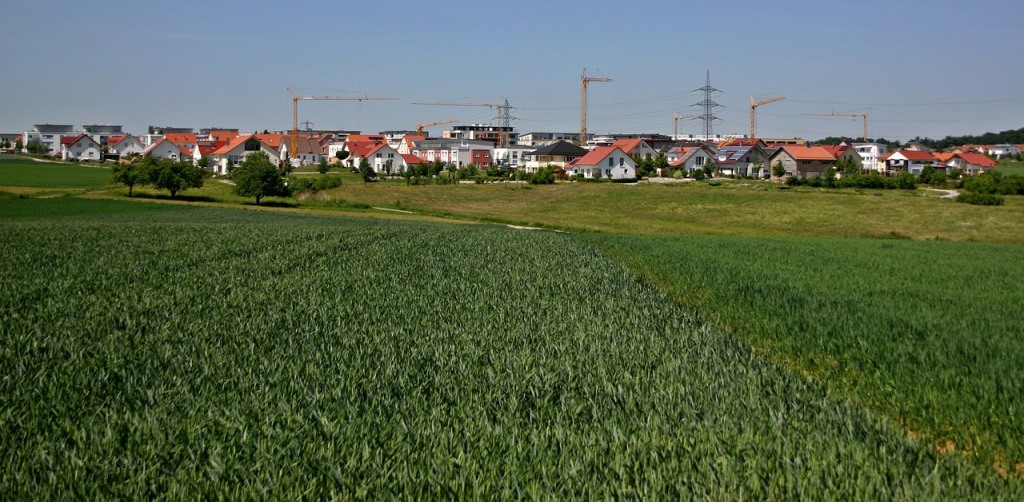A report was published in the Journal of the American Planning Association titled “Does Density Aggravate the COVID-19 Pandemic? Early Findings and Lessons for Planners.”
Here’s the Abstract
Problem, research strategy, and findings:
The impact of density on emerging highly contagious infectious diseases has rarely been studied. In theory, dense areas lead to more face-to-face interaction among residents, which makes them potential hotspots for the rapid spread of pandemics.
On the other hand, dense areas may have better access to health care facilities and greater implementation of social distancing policies and practices. The current COVID-19 pandemic is a perfect case study to investigate these relationships. Our study uses structural equation modeling to account for both direct and indirect impacts of density on the COVID-19 infection and mortality rates for 913 U.S. metropolitan counties, controlling for key confounding factors.
We find metropolitan population to be one of the most significant predictors of infection rates; larger metropolitan areas have higher infection and higher mortality rates.
We also find that after controlling for metropolitan population, county density is not significantly related to the infection rate, possibly due to more adherence to social distancing guidelines.
However, counties with higher densities have significantly lower virus-related mortality rates than do counties with lower densities, possibly due to superior health care systems.
Takeaway for practice:
These findings suggest that connectivity matters more than density in the spread of the COVID-19 pandemic. Large metropolitan areas with a higher number of counties tightly linked together through economic, social, and commuting relationships are the most vulnerable to the pandemic outbreaks.
They are more likely to exchange tourists and businesspeople within themselves and with other parts, thus increasing the risk of cross-border infections. Our study concludes with a key recommendation that planners continue to advocate dense development for a host of reasons, including lower death rates due to infectious diseases like COVID-19.

